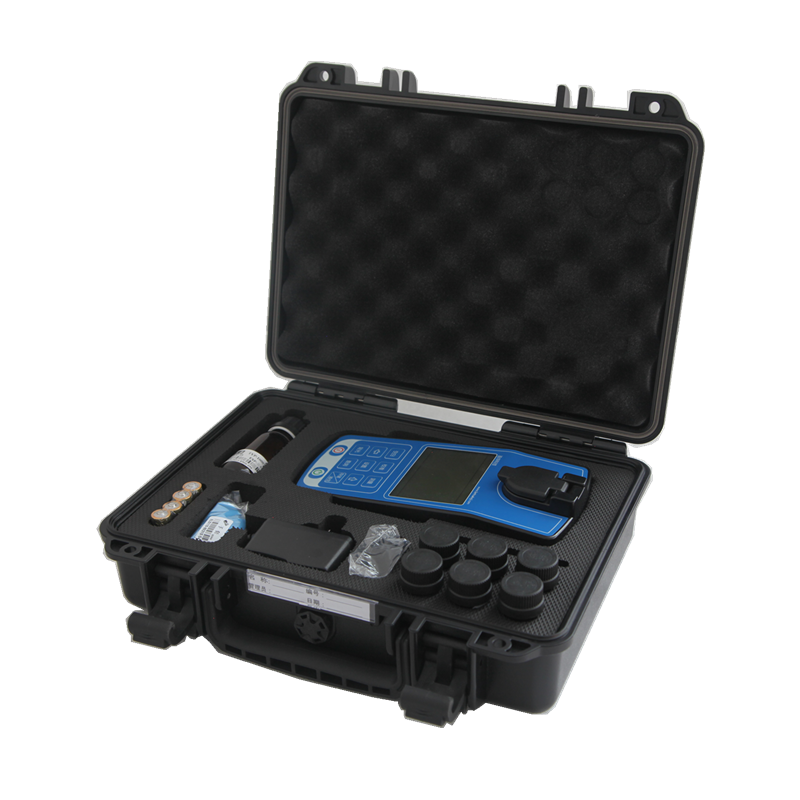How to keep the measurement results of the turbidity detector from being disturbed?
The turbidity detector is an instrument used to measure the degree of scattering or attenuation of light produced by insoluble particulate matter suspended in water, and to quantitatively characterize the content of these suspended particulate matter. Commonly used turbidimeters are mainly composed of light source, light collimation system, measurement chamber, sample measurement cell, photoelectric detection element and display system. According to the measurement principle or method, it can be divided into seven methods: light scattering, light transmission attenuation, scattering transmission and integrating sphere.
According to the experimental data, the accuracy and precision of the measurement results of the turbidimeter are good, and it is suitable for the determination of low, medium and high turbidity water samples. Compared with the results of the Turbidity Meter and the spectrophotometry, the results are relatively low. The determination of the actual sample is affected by the particle size of the suspended particles in the sample. The sedimentation velocity of the suspended particles is different, and the error of the measurement result is relatively large.
1. Influence of mud and sand color
Changes in the color of mud and sand will reduce the accuracy of measurement. White calcite reflects light strongly, black magnetite absorbs infrared light, and red has an impact on turbidity measurement. The yellow and green colors of mud sand have little influence on the measurement results.
2. The influence of air bubbles
Bubbles emit infrared light, and the air bubbles in the water sample will have a negative impact on the measurement results. Bubbles have little effect on high-concentration samples, but have a greater effect on low-concentration samples. Violent shaking should be avoided when shaking the sample. When measuring, it should be allowed to stand still for a while to let the air bubbles dissipate.
The large error of the turbidimeter may be due to the large error in the previously calibrated curve, which requires the user to re-calibrate and calibrate the turbidimeter. In addition, the temperature of the solution measured by the Turbidity Meter is high, and water mist is generated on the sample cup, which will also cause large errors in the measurement results of the turbidimeter.






